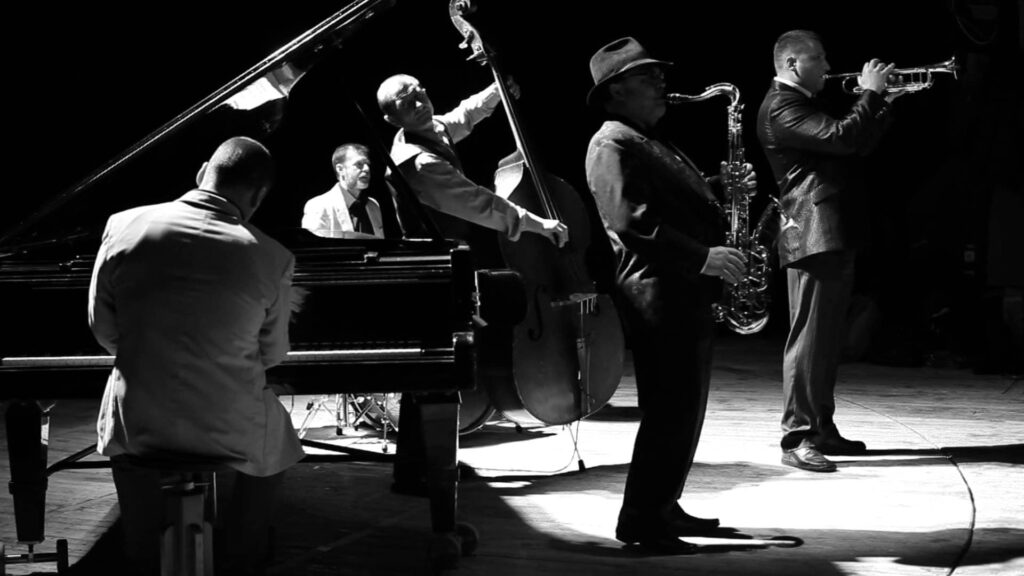Jazz, a genre of music renowned for its improvisation, syncopation, and soulful melodies, has a rich and diverse history that traces its origins to the vibrant streets of New Orleans in the late 19th century. Over the decades, jazz has evolved and adapted, leaving an indelible mark on the world of music and culture. This article delves into the fascinating journey of jazz, from its humble beginnings to its global recognition and influence.
New Orleans: The Birthplace of Jazz
Jazz was born in the culturally diverse and musically rich city of New Orleans. In the late 19th century, this melting pot of cultures brought together African, European, and Caribbean influences, resulting in a unique musical fusion. New Orleans was a city where people from diverse backgrounds intermingled, and the music of jazz emerged as a reflection of this multicultural blend.
One of the key factors in the birth of jazz was the presence of African-American communities in New Orleans. They brought with them their rich musical traditions, including rhythms, blues, and gospel music. These African musical elements, combined with European instruments and harmonies, laid the foundation for jazz’s distinctive sound.
Early Jazz Styles
Jazz in its early years was characterized by its raw energy and improvisational nature. Musicians often played by ear, spontaneously creating melodies and rhythms as they went along. One of the earliest forms of jazz was “Dixieland” or “New Orleans jazz,” characterized by its small bands featuring trumpet, clarinet, trombone, piano, bass, and drums. Iconic musicians like Louis Armstrong, King Oliver, and Jelly Roll Morton played pivotal roles in shaping this early jazz style.
As jazz evolved, it gave birth to subgenres like “Swing” in the 1930s and 1940s, characterized by its smooth, danceable rhythms and big bands. Artists like Duke Ellington, Count Basie, and Benny Goodman became household names during the swing era, with their orchestras captivating audiences worldwide.
Jazz Goes Global
After establishing its roots in New Orleans and gaining popularity across the United States, jazz began to spread to other parts of the world. World War I played a significant role in this global expansion, as American troops brought jazz with them overseas. In Europe, jazz found a receptive audience, and European musicians started incorporating jazz elements into their music.
By the mid-20th century, jazz had firmly established itself as a global phenomenon. Jazz festivals, clubs, and recordings contributed to its worldwide appeal. Jazz legends like Miles Davis, John Coltrane, and Charlie Parker pushed the boundaries of the genre, experimenting with new sounds and styles.

Civil Rights Movement and Jazz
The 1950s and 1960s were a time of significant social and political change in the United States, with the Civil Rights Movement at its forefront. Jazz, with its roots in African-American culture, played an essential role in this era. Musicians like Billie Holiday and Nina Simone used their music to address issues of racial injustice and inequality. Jazz became a powerful tool for social commentary and a voice for those fighting for civil rights.
Jazz Fusion and Contemporary Trends
In the late 20th century, jazz continued to evolve and fuse with other musical genres. “Jazz fusion” emerged, blending jazz with elements of rock, funk, and electronic music. Artists like Herbie Hancock and Chick Corea pushed the boundaries of traditional jazz, experimenting with synthesizers and electronic instruments.
Today, jazz remains a vibrant and evolving genre. Contemporary jazz artists draw inspiration from a wide range of influences, including hip-hop, world music, and electronic dance music. The genre’s ability to adapt and incorporate new elements ensures its continued relevance in the ever-changing landscape of music.
Conclusion
The history of jazz is a captivating journey that reflects the cultural diversity, creativity, and resilience of the human spirit. From its humble beginnings in the streets of New Orleans to its global popularity and influence, jazz has left an indelible mark on the world of music and culture. Its ability to adapt and evolve over time is a testament to its enduring appeal and its ability to speak to the human experience in all its complexity. Jazz is not just a genre of music; it is a living, breathing testament to the power of creativity and collaboration.
